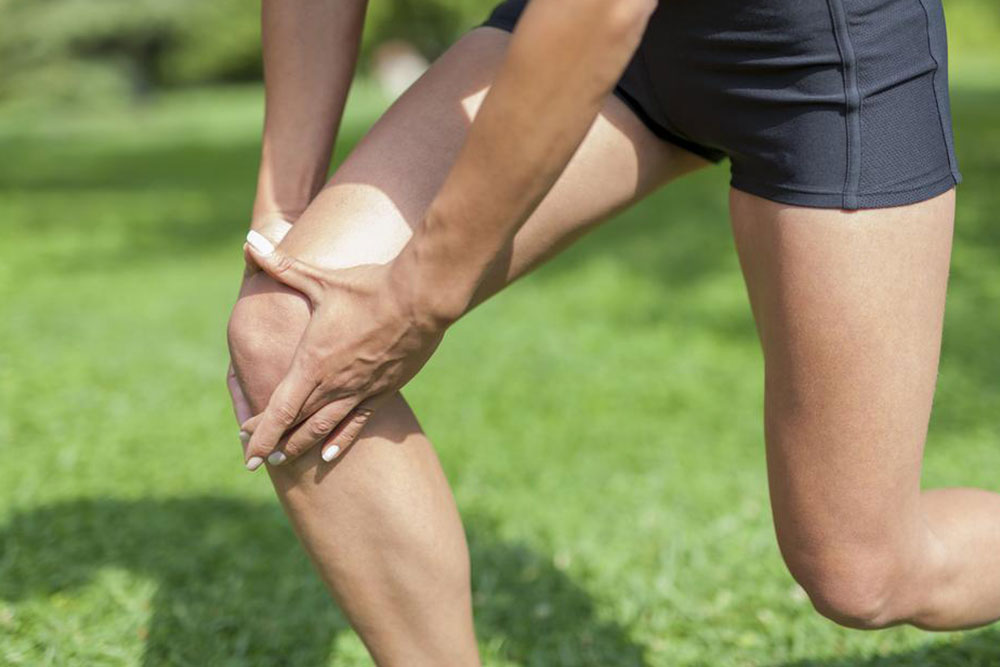Signs of psoriatic arthritis that you can’t ignore
A psoriasis is a form of the auto-immune disease which takes place when the skin cells start developing at an exponential rate. The excess amount of skin makes way for scaly lesions on the surface of the skin, which is clinically known as flare-ups. It has been estimated that approximately 30 percent of the individuals with psoriasis suffer from another condition known as psoriatic arthritis. It is an autoimmune disease which takes place when the body takes a toll on the otherwise healthy joints and leads to inflammation. If left without treatment, psoriatic arthritis can lead to permanent damage to the joints.

What are the symptoms of psoriatic arthritis?
In most cases, people with psoriatic arthritis develop the symptoms of psoriasis in the first place. However, there is no hard and fast rule that it would always occur. You should know about the symptoms of the psoriatic symptoms which include:
Swelling: Both psoriatic and rheumatoid arthritis leads to swelling in and around the joints. But with psoriatic arthritis, there is a unique kind of swelling affecting the toes and the fingers. You may notice that your toes and fingers are becoming like sausage before you feel any effects on the joints themselves.
Pain in the foot: Joint pain is a common occurrence in both rheumatoid arthritis and psoriatic arthritis. However, you are more likely to feel an intense pain in the tendons. Two of the most common symptoms of psoriatic arthritis are Achilles tendinitis and plantar fasciitis. The plantar fasciitis is the most common occurrence where the part connecting the heel to the toes becomes inflamed. This leads to pain at the bottom of the foot. If you are affected with Achilles tendinitis, the tendon which connects the lower calf muscles to the lower heel bone is inflamed. And this condition invariably leads to intense pain in the heel.
Back pain: A secondary condition of the psoriatic spondylitis may sometimes occur with psoriatic arthritis. This can lead to inflammation in two primary areas of the body- between the vertebrae of the spine and in between pelvis and spine. This invariably paves the way for lower back pain. About 20 percent of people affected with psoriatic arthritis have psoriatic spondylitis as well.
Morning stiffness: Psoriatic arthritis can make you feel immovable and stiff in the morning. This stiffness can make the joints very difficult to move on both or either sides of the body. You may also notice similar stiffness when you stand or sit for long hours.
Problems in the nail: Similar to psoriasis, psoriatic arthritis can also cause problems and alterations in the nail. These may include pitting, a formation of depression in both toe and fingernails. You may also see that your nails are separating out from the nail bed.
If you suffer from any of these symptoms, it is imperative to consult with a doctor to determine whether you have psoriatic arthritis.

